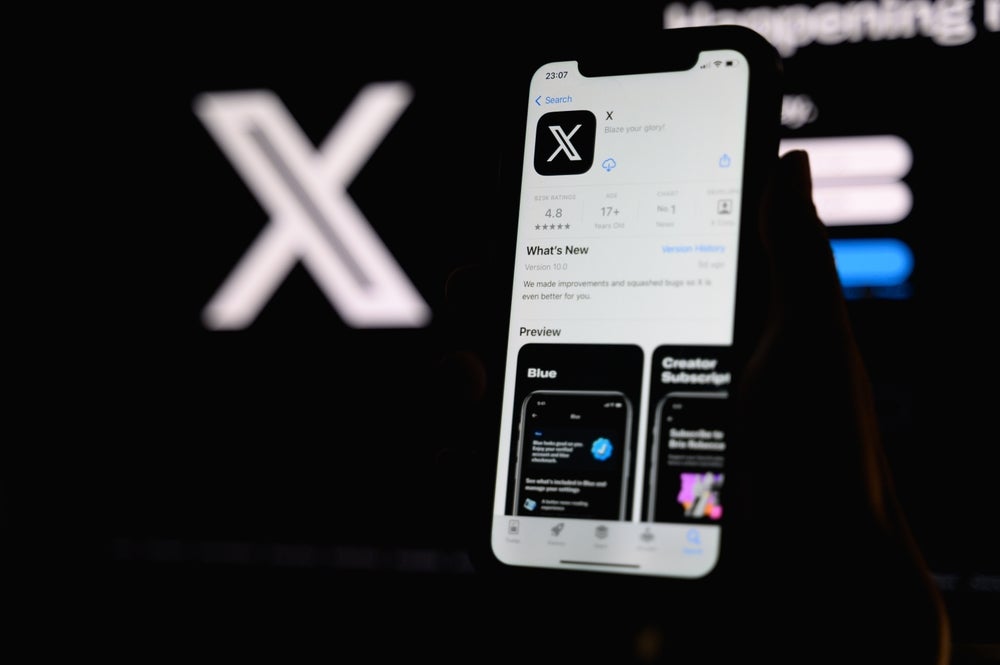One of the top X posts this week came from Representative Ilhan Omar, who represents Minnesota's fifth Congressional District in the US House of Representatives. Omar stood in solidarity with the garment workers protesting for better treatment and wages in Bangladesh.
Although Bangladesh's State Minister for Labour Monnujan Sufian announced Tk12,500 ($112.8) as the new minimum monthly salary for garment workers this week (8 November), the demonstrations taking place to increase wages have continued on the streets of Dhaka as the newly announced minimum monthly wage is still below what the workers’ representative on the wage board, Sirajul Islam Rony, had proposed in the previous meeting.
Italian retail brand Diesel announced its new watches would be launching as part of its Metaverse Metamorph project, connecting consumers with a seamless blend of physical and digital experiences.
In another X post, subscription-based site Brands on the Block that tracks what brands are doing in Web3 and beyond, described Swedish retailer H&M's latest experiments with AI for on-demand printing courtesy of its Creator Studio.
It enables anyone who wants to create custom merchandise to design and print it on over 70 garments that can be tailor-made for print-on-demand.
Environmental NGO WRAP released its Textiles 2030 Annual Progress Report and found the apparel brands signed up to its voluntary scheme Textiles 2030 had reduced the carbon impact of the textiles they produce by 12% while reducing water use per tonne of product by 4% between 2019 and 2022.
WRAP’s director of behaviour change Catherine David said: “Production is clearly the key issue and the onus is on businesses to make preloved part of their portfolio, so it’s accessible, easy and fun. Through Textiles 2030, many brands and retailers are already taking action, but there is a long way to go, and many more businesses need to join us on this journey.”
Our signals coverage is powered by GlobalData’s Thematic Engine, which tags millions of data items across six alternative datasets — patents, jobs, deals, company filings, social media mentions and news — to themes, sectors and companies. These signals enhance our predictive capabilities, helping us to identify the most disruptive threats across each of the sectors we cover and the companies best placed to succeed.









